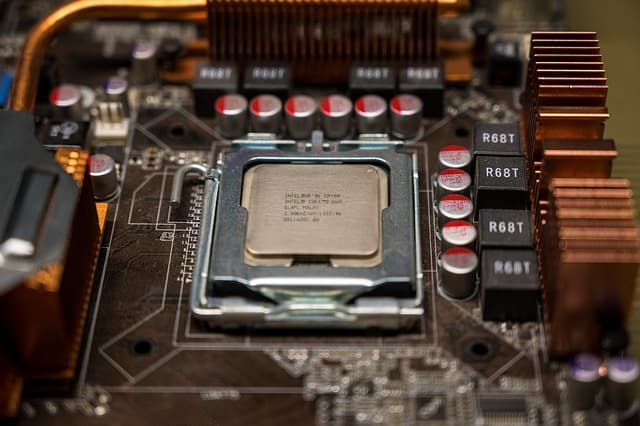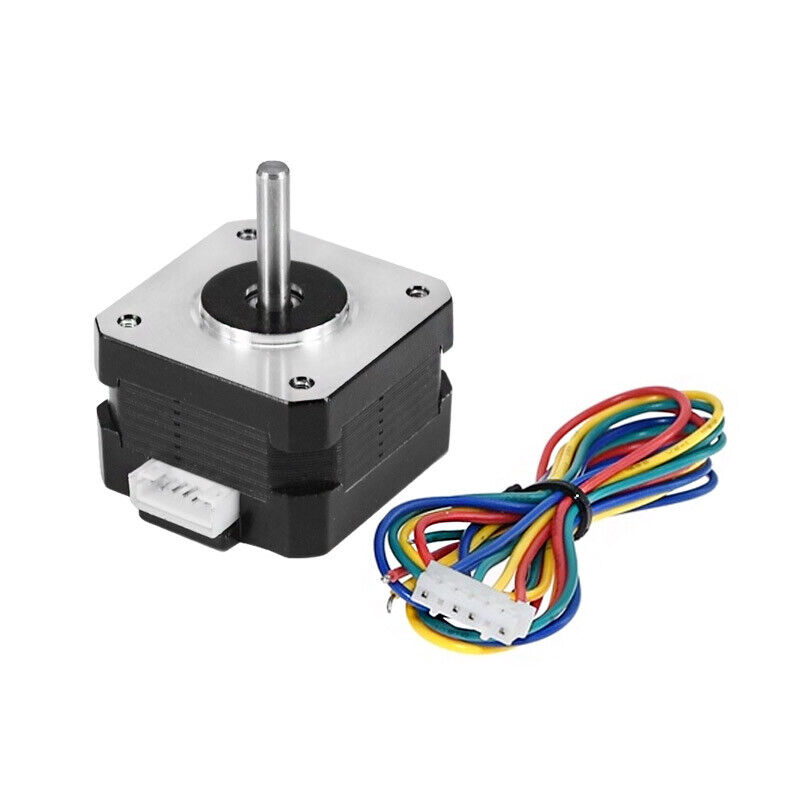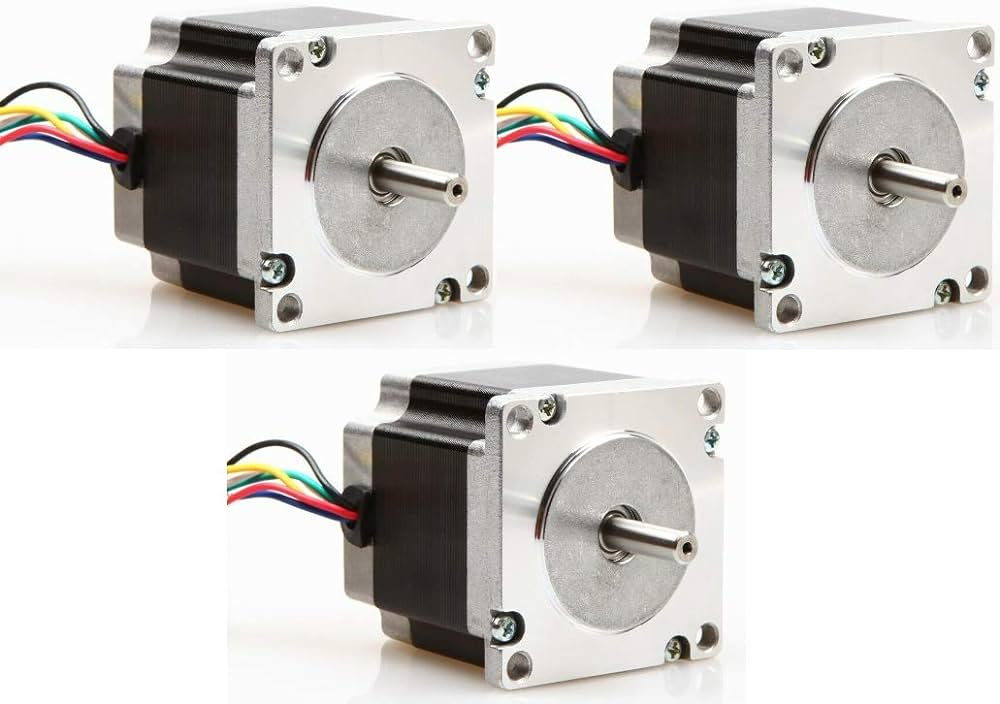Microstepping drivers are an important component in drive control systems, providing smooth and precise motor movement. In this article, we’ll cover all aspects of microstepping drivers, from how they work to practical tips for selection and use.
How microstepping drivers work
Microstepping drivers work on the principle of crushing motor steps, which allows them to control the motor with greater precision and smoothness. Instead of moving a full step, the motor can take small “micro-steps”, which reduces vibration and increases the resolution of the system.
Advantages of microstepping drivers
The main advantages of microstepping drivers include:
- Smoother motion and reduced vibration;
- Improved positioning accuracy;
- Improved positioning system resolution;
- Reduced motor operation noise.
Selecting a microstep driver
When selecting a microstepping driver, several key characteristics should be considered:
- Current and voltage: the driver must match the required motor parameters;
- Microstep resolution: determines the number of possible microsteps per full motor step;
- Type of control interface: stepper and guide signals, interface with microcontroller, etc.
Tuning and optimization
After selecting the right microstepping driver, it is important to properly configure it for your system. This includes setting the correct winding current, setting the microstepping current, and selecting the optimal control parameters.
Applications in various fields
Microstepping drivers are widely used in a variety of applications including 3D printing, CNC machining, medical devices, and factory automation. Their advantages make them an indispensable component for precise and smooth motion.
Microstepping drivers are an important link in drive control systems, providing high precision and smooth motion. Understanding their operation, selection and configuration will help ensure optimal performance of your system.


